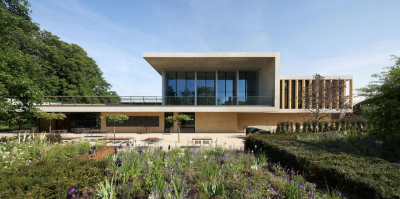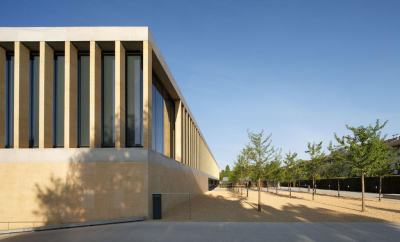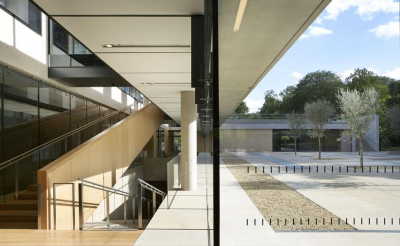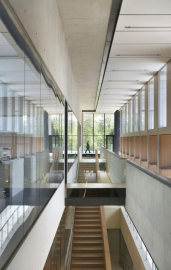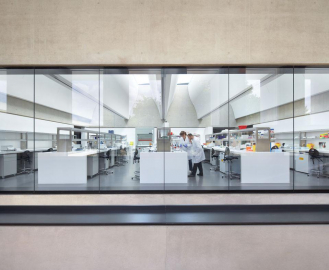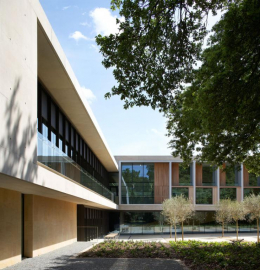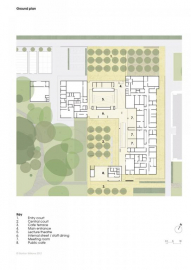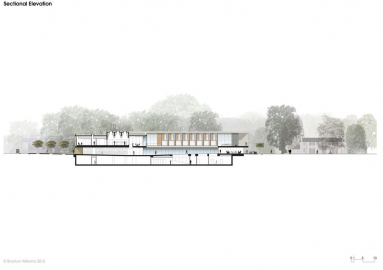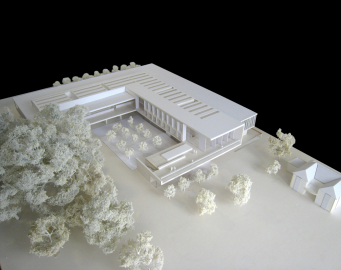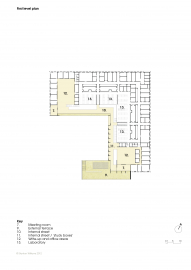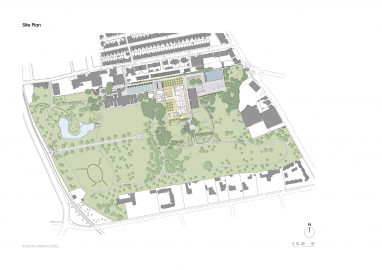The Sainsbury Laboratory, Cambridge
The Sainsbury Laboratory is a plant science research centre located within the historic University of Cambridge Botanic Garden.
The Sainsbury Laboratory, an 11,000m2 major plant science research centre set in the University of Cambridge Botanic Garden, brings together world-leading scientists in a working environment of the highest quality. The design reconciles complex scientific requirements with the need for a work of architecture that also responds to its landscape setting and provides a collegial, stimulating environment for innovative research and collaboration
The building comprises laboratories, support areas, and meeting spaces, together with the Universitys Herbarium and new public cafe. Central to the buildings identity is the way in which it is experienced as a sequence of spaces that are conceived in terms of their relationship with the surrounding Garden. The way in which the Laboratorys different functions are connected by a continuous route recalls the thinking path described by Charles Darwin (whose mentor, John Henslow, oversaw the laying out of the Botanic Garden), a way to reconcile nature and thought through the activity of walking. Here the thinking path is reinterpreted in the tradition of the monastic cloister or collegiate court as a space for reflection, debate and interaction that also enjoys good views of the Garden itself. In this respect, the solidity implied by the strata-like conception of the building (with alternate layers of stone and concrete) is balanced by a concern with permeability that is manifested in the expansive glazing to the ground and first floors and which reinforces the close relationship between the new Laboratory and the Garden.
Laboratories are fully day-lit for majority of the working day with the high levels of day- lighting throughout the building contributing to the strong environmental credentials of the robust, highly adaptable, innovative BREEAM Excellent building.

